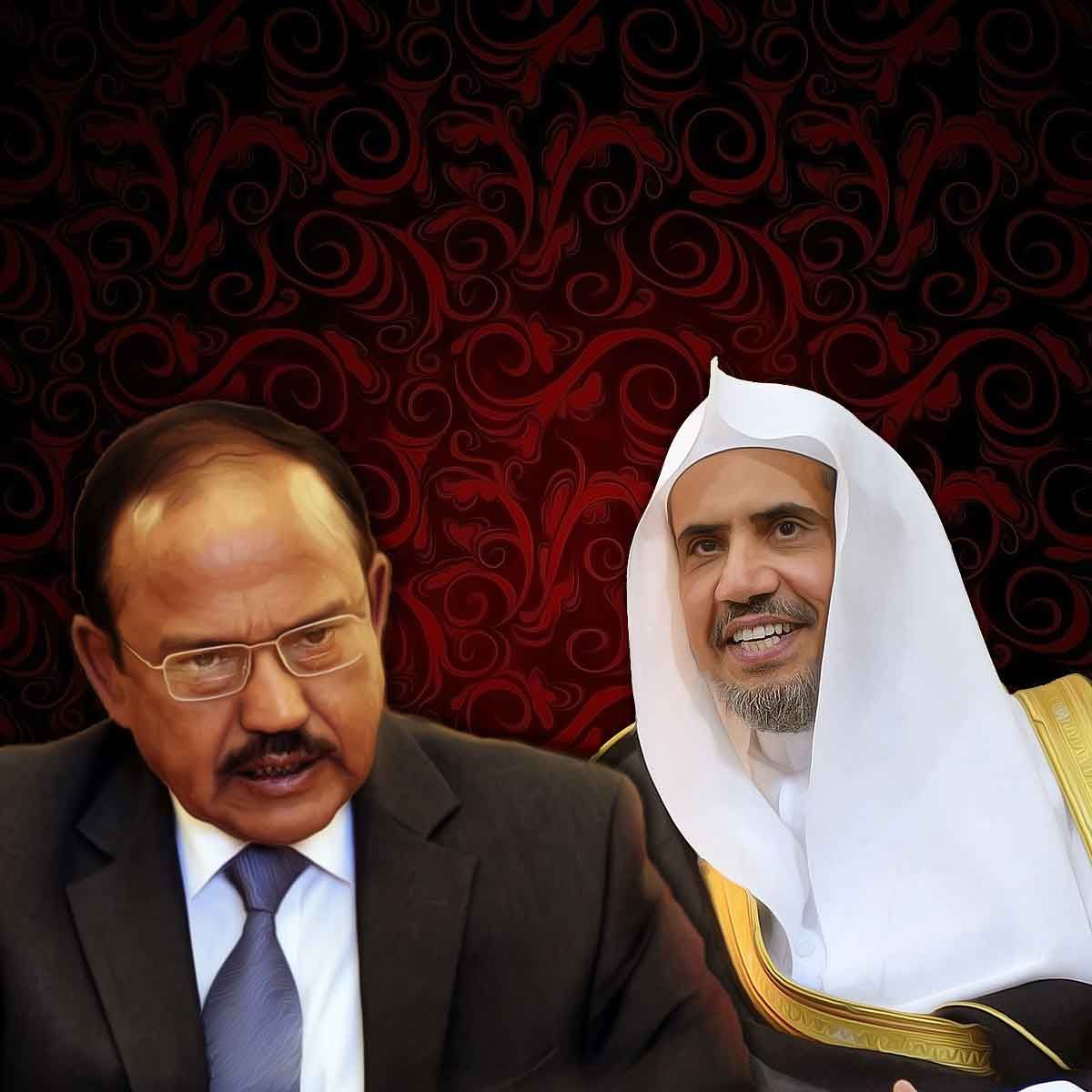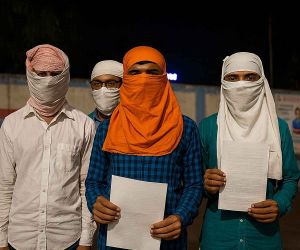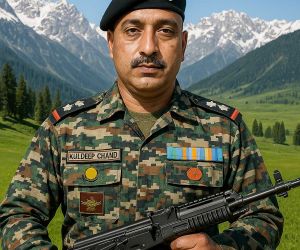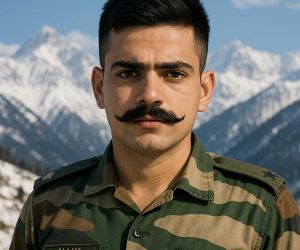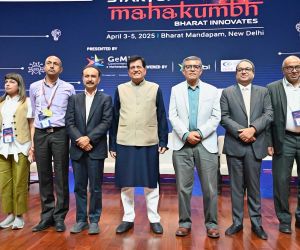MORE COVERAGE
Twitter Coverage
Satyaagrah
Written on
Satyaagrah
Written on
Satyaagrah
Written on
Satyaagrah
Written on
Satyaagrah
Written on
JOIN SATYAAGRAH SOCIAL MEDIA
"Ambition is path to success. Persistence is the vehicle you arrive in": India scripted history as ISRO successfully launches 36 OneWeb broadband satellites in heaviest LVM3-M2 rocket on its debut commercial mission, all satellites separated successfully
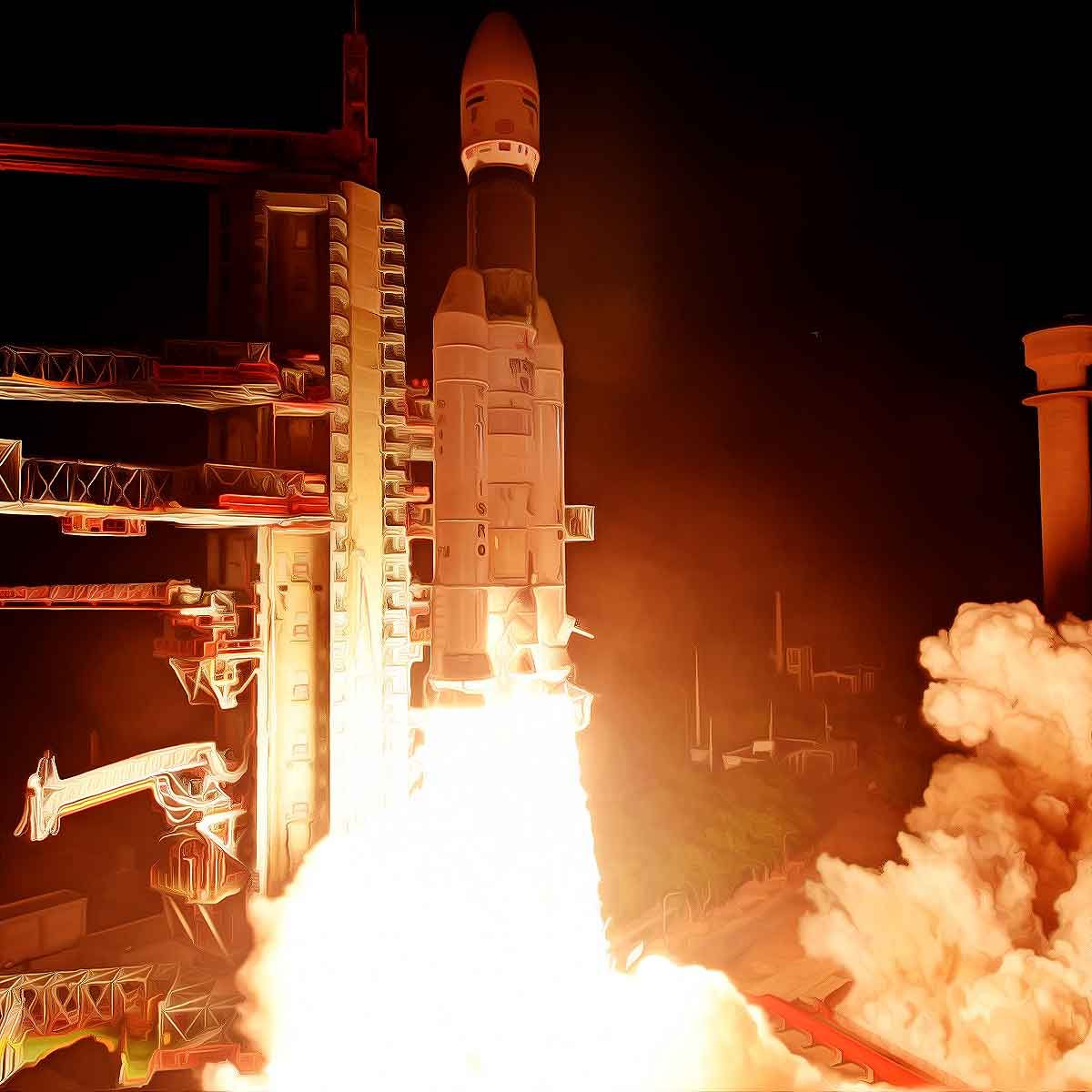
The Indian Space Research Organization (ISRO) scripted history on Sunday morning when it launched its heaviest rocket, the LVM3-M2, on its debut commercial mission.
|
The rocket carrying 36 satellites was launched from Satish Dhawan Space Centre in Sriharikota as part of the space agency’s OneWeb India-1 mission.
ISRO has successfully launched 36 broadband communication satellites of a UK-based customer into the targeted orbits with the LVM3-M2 rocket, making the mission “historic” for the country, said the space agency.
OneWeb Ltd is a UK-based customer of NewSpace India Ltd (NSIL), ISRO’s commercial arm and a worldwide communication network powered by space that enables governments and businesses to connect to the internet. Bharti Enterprises is a significant investor in OneWeb.
The Launch Vehicle Mark 3 (LVM3) is ISRO’s latest medium-heavy lift launch vehicle and the space agency’s heaviest rocket. The rocket, formerly identified as the Geosynchronous Satellite Launch Vehicle Mark III (GSLV Mk III), is designed to primarily launch satellites into geostationary orbit at 35,000 kilometres.
|
This was the heaviest payload carried by an Indian launch vehicle, weighing 6 tons. ISRO declared the mission success at 0142 hours IST.
The rocket is a three-stage launch vehicle with two solid propellant strap-ons on its flanks and a core stage with an L110 liquid stage and a C25 cryogenic stage. OneWeb is installing a Low Earth Orbit constellation of 648 satellites.
Early on Sunday, ISRO Chairman S Somanath said that Deepavali had begun early for the space agency’s scientists.
“The LVM3 M2/OneWeb India-1 mission is successfully completed. All 36 satellites have been placed into their intended orbits. @OneWeb @NSIL India,” ISRO announced in a tweet minutes after Somanath’s announcement that 16 satellites had been deployed in the appropriate orbits, with the rest taking some time.
|
Interestingly, ISRO Chairman S Somnath performed a special Pooja for the mission’s success on Saturday at the Chengalamma Parameshwari Devi Temple in Sullurpeta, Tirupati district.
Former ISRO chiefs K Sivan and A S Kiran Kumar, as well as Sunil Mittal, founder-chairman of Bharti Enterprises, witnessed the launch from the Mission Control Centre. Somnath, also the Secretary of the Department of Space, described the mission as “historic,” and credited Prime Minister Narendra Modi’s backing for the mission’s success.
In complementing the ISRO team for a ‘commendable’ mission of LVM3, NSIL Chairman and Managing Director D Radhakrishnan stated, “the three major stakeholders to this particular mission, the NSIL, ISRO, and OneWeb India, have shown the entire world how to contract and execute the mission in less than 3-4 months.”
PM Modi took to Twitter to congratulate ISRO and the team for the success of the mission. “Congratulations @NSIL_India @INSPACeIND @ISRO on the successful launch of our heaviest launch vehicle LVM3 with 36 OneWeb satellites meant for global connectivity. LVM3 exemplifies Atmanirbharta & enhances India’s competitive edge in the global commercial launch service market,” he tweeted.
|
GSLV Mk III to LVM3: A journey of success
The GSLV Mk III’s development began in the early 2000s, along with the development of the cryogenic upper stage, which ISRO has been attempting to develop in a bid to decrease dependence on the currently-used Russian design. The inability of the upper stage to ignite in consecutive GSLV MkII flights resulted in a delay in the first test flight of the GSLV MkIII.
The rocket’s maiden experimental flight (also known as a developmental or test flight) was originally planned for the early 2010s but was pushed back to accommodate the Mars Orbiter Mission, which launched in 2013.
Notably, the rocket and its boosters were static fire tested in 2010, 2011, and 2015. This year also saw static fire tests for the human-rated variant of the rocket, which is being developed for the Gaganyaan program. In 2017, the cryogenic upper stage was also successfully tested.
The launch vehicle made its maiden operational flight on July 22, 2019, with Chandrayaan 2. This mission’s 4-tonne payload was the heaviest payload taken to orbit by ISRO at the time.
References:
 Support Us
Support Us
Satyagraha was born from the heart of our land, with an undying aim to unveil the true essence of Bharat. It seeks to illuminate the hidden tales of our valiant freedom fighters and the rich chronicles that haven't yet sung their complete melody in the mainstream.
While platforms like NDTV and 'The Wire' effortlessly garner funds under the banner of safeguarding democracy, we at Satyagraha walk a different path. Our strength and resonance come from you. In this journey to weave a stronger Bharat, every little contribution amplifies our voice. Let's come together, contribute as you can, and champion the true spirit of our nation.
 |  |  |
| ICICI Bank of Satyaagrah | Razorpay Bank of Satyaagrah | PayPal Bank of Satyaagrah - For International Payments |
If all above doesn't work, then try the LINK below:
Please share the article on other platforms
DISCLAIMER: The author is solely responsible for the views expressed in this article. The author carries the responsibility for citing and/or licensing of images utilized within the text. The website also frequently uses non-commercial images for representational purposes only in line with the article. We are not responsible for the authenticity of such images. If some images have a copyright issue, we request the person/entity to contact us at This email address is being protected from spambots. You need JavaScript enabled to view it. and we will take the necessary actions to resolve the issue.
Related Articles
- "India's cosmic journey: From moonbeams to sunrays": ISRO's landmark Aditya-L1 mission set to launch, promising 24x7 Sun surveillance, aiming to decode solar mysteries, it will enhance our understanding of space weather and the profound Sun-Earth dynamics
- "Cosmic camaraderie": India and Russia's space partnership ignites after Chandrayaan-3's lunar triumph, a legacy of cosmic camaraderie—from Aryabhata to Gaganyaan—heralds a new era of interstellar collaboration and boundless cosmic possibilities
- "It is not enough to stare up the steps, we must step up the stairs": On 2nd April 2023, Vikram Sarabhai Space Centre (ISRO) at Thiruvanthapuram, IAF "Chinook" helicopter lifted an aircraft and left it in the sky to fly for high-speed unmanned landing
- India's audacious tryst with the cosmos continues as Chandrayaan-3 flawlessly kisses the Moon's South Pole, a precise Nataraja dance of science, ambition, and national pride, this milestone heralds a new dawn in lunar exploration, Bravo ISRO 🌒🚀
- "Historic launch of Chandrayaan-3": A lunar mission set to make India the fourth nation to land on the moon, encompassing technological marvel, scientific discovery, and national pride, carving out India's place in the annals of space exploration
- "Trapping a Scientist": A Kerala cop maliciously framed ISRO scientist Nambi Narayanan in an espionage case after a Maldivian woman rejected his advances, leading to intense surveillance of innocents, and a Supreme Court-mandated Rs 50 lakh compensation
- "In a monumental stride, Bharat ancient roots meet its space-age achievements under Modi": With 'Angad's footstep' on the Moon and landmarks named 'Shiv Shakti' & 'Tiranga', the nation beams with pride as Aug 23 is now immortalized as National Space Day
- "Story of India’s herculean scuffle to get the Cryogenic Engine": India's heavy lift ambitions and ultra-low-cost model could put the likes of NASA out of business, an eventuality that the USA tried to delay India’s space program as long as it can
- "And the winds and the waves are always on the side of the ablest navigators": ISRO successfully launched GSLV-F12/NVS-01 Mission from SDSC-SHAR, Sriharikota, NVS-01 first of the India's second-generation NavIC satellites that accompany enhanced features
- "There is no law except the law that there is no law": Samudrayaan with Matsya 6000 is set to unlock the ocean's enigmatic heart, heralding a new era in harnessing marine resources for a sustainable future symbolizing a big leap in deep-sea exploration
- ISRO successfully tested the Gaganyaan Service Module Propulsion System (SMPS) on July 19, 2023 at ISRO Propulsion Complex (IPRC) , Mahendragiri
- "It’s not what you look at that matters, it’s what you see": Chand Baori - A fascinating story of the largest and deepest stepwell in India, Abhaneri Stepwell that consists 3,500 narrow steps over 13 stories and extends 30 metres into the ground
- "I had a calling to become what I became - I was created to do this": Srinivasa Ramanujan, mathematical genius who knew infinity credited his all formulae to visions of Mahalakshmi, "An equation for me has no meaning, unless it expresses a thought of God"
- "A joke at another's expense reveals more about the joker": In quest for humor, Prakash Raj takes a jab at Chandrayaan-3, only to find himself booked, perhaps next time, he'll orbit around wiser choices rather than eclipse the hardwork of our scientists
- "Faith sees the invisible, believes the unbelievable, and receives the impossible": Kankaleshwar Mandir of Beed is a masterpiece of ancient Indian architecture surrounded by water on all sides dedicated to Mahadev, built by Chalukya King Vikramaditya VI
















